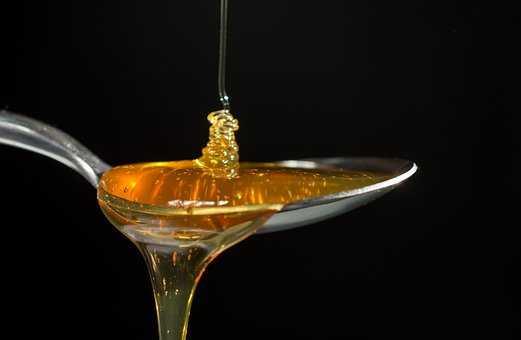Replacing eggs’ foaming ability
Aquafaba is a temperature-resistant foamer made from the water in which legumes such as chickpeas have been cooked.
The liquid contains protein, starch and fibre useful for egg-free meringues.
5
44 reads
The idea is part of this collection:
Learn more about food with this collection
How to make sustainable choices in everyday life
Identifying ways to reduce waste and conserve resources
Understanding the impact of human actions on the environment
Related collections
Similar ideas to Replacing eggs’ foaming ability
“Plant protein”
Plant-based protein sources don't have as much protein. You can get enough protein through a plant-based diet, as long as it is well balanced. Plant-based protein sources:
- They often contain fiber (especially legumes and whole grains).
- If they contain fat, they are...
Eat only egg whites
Some studies show that yolks helped to reduce LDL, or the bad cholesterol.
The yolk contains most of the vitamins and minerals in the egg, plus half the protein. Since an egg white-only breakfast is nearly fat free, it will cause a significant insulin spike and promote hunger craving...
Where honey comes from
- Honey is made by bees. Bees eat nectar, a sugar-rich liquid that is produced by flowers.
- The bee stores most of the nectar in their "honey stomach." At the hive, bees regurgitate the nectar, blowing bubbles to evaporate the water. They also mix the nectar with their digestive enzym...
Read & Learn
20x Faster
without
deepstash
with
deepstash
with
deepstash
Personalized microlearning
—
100+ Learning Journeys
—
Access to 200,000+ ideas
—
Access to the mobile app
—
Unlimited idea saving
—
—
Unlimited history
—
—
Unlimited listening to ideas
—
—
Downloading & offline access
—
—
Supercharge your mind with one idea per day
Enter your email and spend 1 minute every day to learn something new.
I agree to receive email updates

